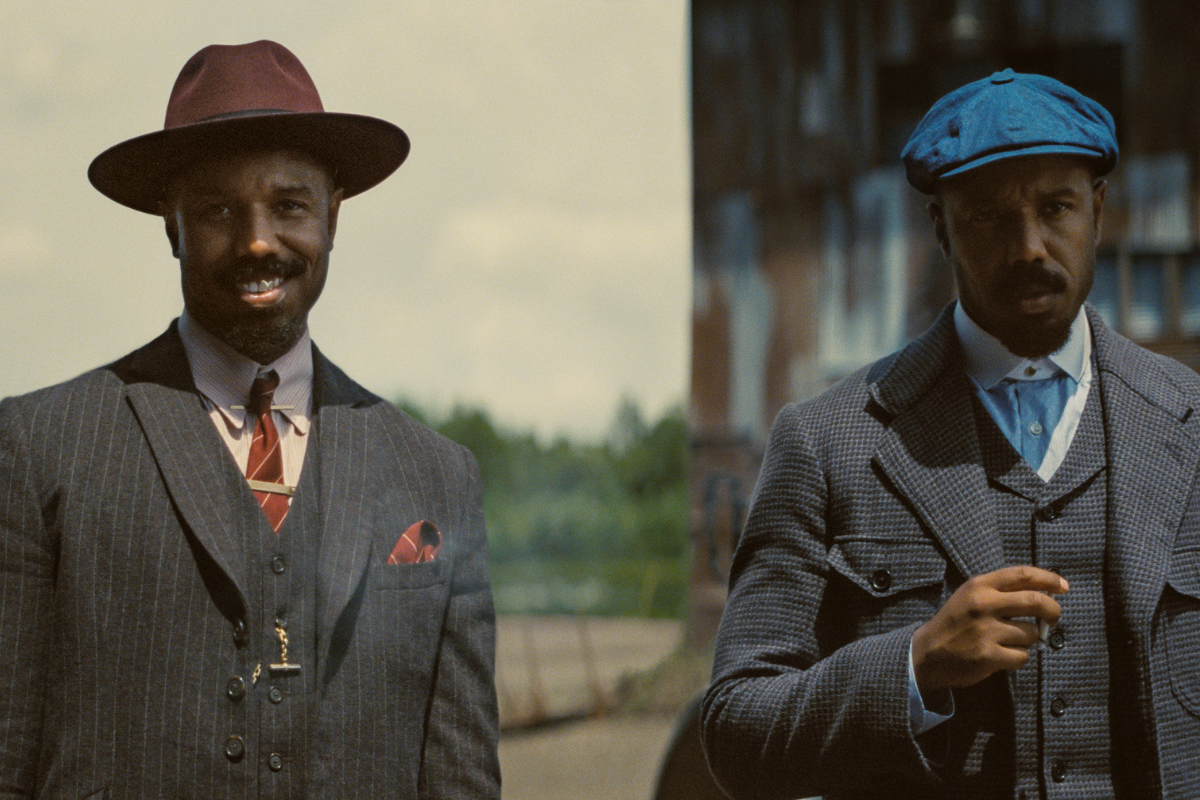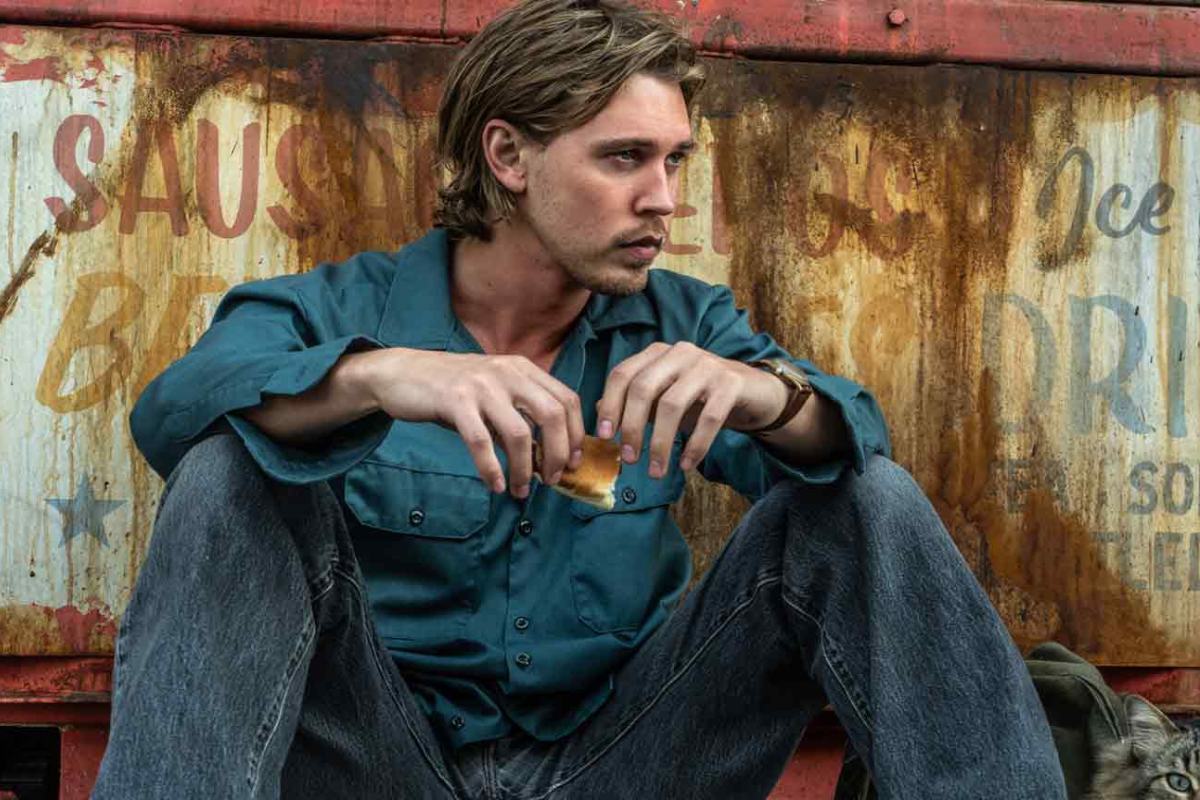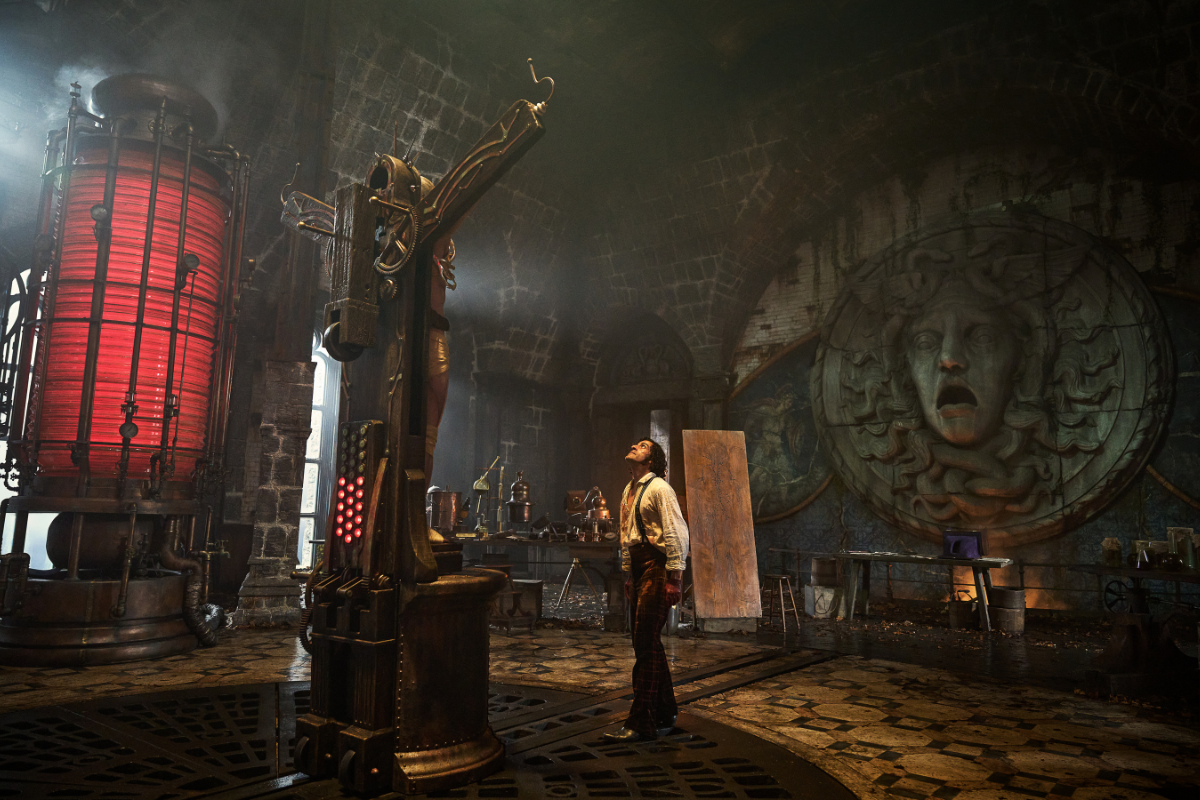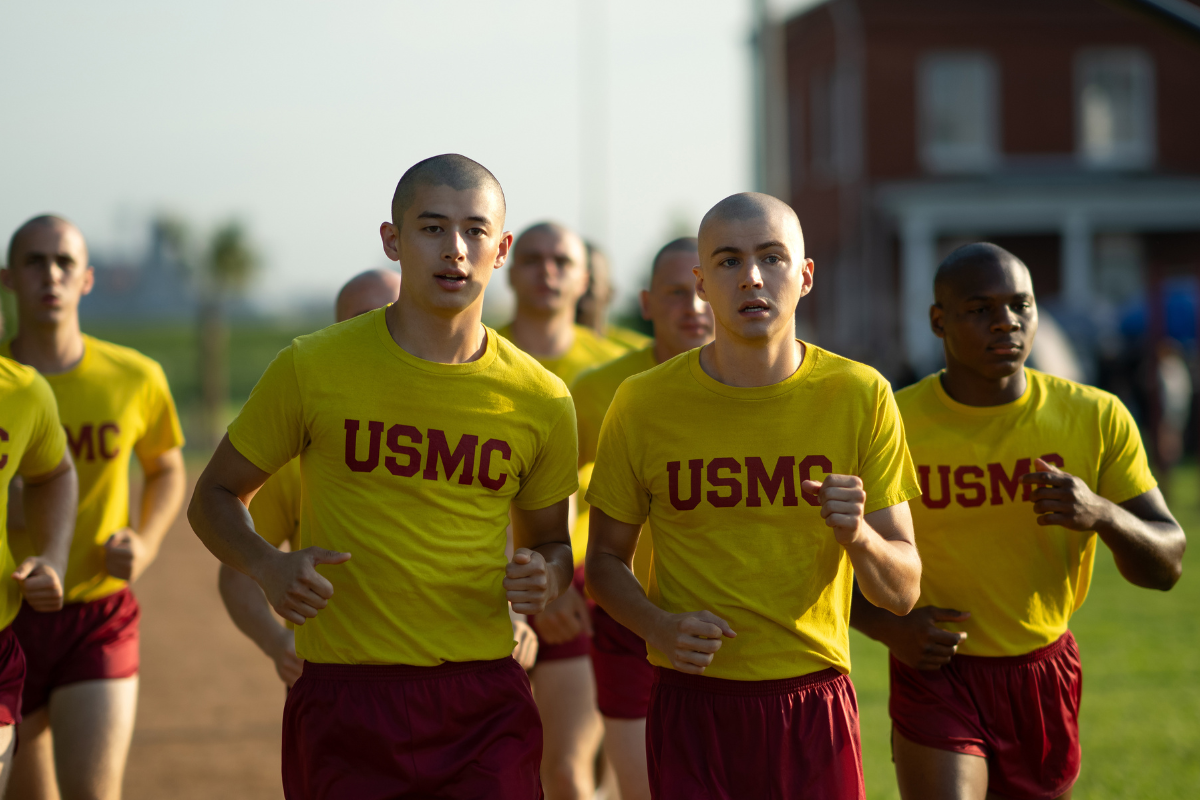Beyond Spectacle: Rewriting Disaster in an Age of Disasters
“Disasterologist” Dr. Samantha Montano dishes on what screenwriters get right and wrong about disaster stories and points to areas ripe for fresh takes.
Exposing young kids to disaster movies is surely ill-advised, but my parents didn’t get that memo. To be fair, TV sets were the ultimate babysitters in the 1970’s. Gen Xers like me were plunked down in front of The Towering Inferno and The Poseidon Adventure reruns, among other lighthearted romps. Perhaps this accounts for some of our scrappiness, though we certainly weren’t the first generation to experience stories of nature as a terrifying antagonist.
Disasters have been part of cinematic storytelling for nearly 100 years, grabbing particularly tight hold of the public during times of processing collective anxiety. The late Vietnam War years brought such hilariously on-the-nose titles as Earthquake, Meteor, Flood, and Avalanche, while the post-Cold War era gave rise to classics like Twister, White Squall, Dante’s Peak, and Titanic. These nailbiters – with handsome protagonists at the helm – allowed audiences to confront extreme nature while keeping it at an arm’s length.
But what role do stories like these have in an age of increasingly frequent climate disasters, when the actual news is more gut-wrenching than Hollywood’s likeness of it?
Dr. Samantha Montano, assistant professor of emergency management at the Massachusetts Maritime Academy and author of Disasterology: Dispatches from the Frontlines of the Climate Crisis, has watched and studied nearly 400 disaster films and TV shows. Unsurprisingly, she has thoughts on how screenwriters can re-envision the genre to better reflect the times.
Less Aftermath, More Recovery
Disaster films and TV shows typically focus on the time just before, during, and right after the disaster. In the real world, disasters take years and even decades to play out. “Recovery is an incredibly complex, incredibly difficult, and long process that’s remained entirely unexplored on screen,” says Montano. She points to Treme, the four season scripted TV show about New Orleanians recovering from Hurricane Katrina, as one of the rare examples of stories that focus on recovery.
Beyond that, writers can draw inspiration from children’s shows for stories that go beyond the aftermath. Sesame Street’s 5 episode hurricane arc brings characters through storm preparation, hunkering down together, surveying damage, managing their emotions over loss, engaging in community response, cleaning up, and figuring out how to rebuild even amidst visits from the “City Nest Inspector.” A two-part episode of the animated series Arthur deals with going to therapy for storm-related anxiety and life in an evacuation center (a.k.a. “snore factory”), and includes a character in the Army Corps of Engineers. As Montano says, “There’s a lot of creative ground here.”
The Panic Myth
When it comes to disaster film stereotypes, Montano points to portrayals of panic, chaos, looting, and violence as inaccurate human behavior after catastrophic events. In fact, disasters bring communities together. “People are more likely to be rescued by a family member or neighbor than first responders because when disaster happens, people help each other.” She and fellow emergency managers are concerned about how chaotic, violent scenes in disaster films and TV shows translate into real world response. “We suspect there are consequences of that in terms of how people think about real life disasters.” With that in mind, screenwriters can flip the script and debunk myths as they break new story ground.
Getting Granular on Government Response
Misinformation spreads after disasters, and purposeful disinformation adds another level of danger to the situation. To help combat that, Montano wants to see realistic portrayals of government workers on screen. Stories that show officials calling for evacuations of large geographical areas, for example, are useful from a story perspective, but may give audiences unrealistic ideas about actual emergency management capacity.
In general, disaster films and TV shows have gotten government response wrong, she says. “That’s not how we’re sending warnings, not how we’re doing evacuations, and not how we’re doing search and rescue.” Montano thinks audiences might be ready for a film or TV show that centers the United States Federal Emergency Management Agency (FEMA). “Many of us in the field have talked about how great a Parks and Rec style show about a local emergency management agency would be,” she says. “It writes itself.”
Emergency Managers and Other Untapped Characters
Despite there being hundreds of disaster films and TV shows, there are few depictions of emergency managers, whose job is to plan and manage resources before, during, and after a disaster. Montano cites two examples – Shin Godzilla and 13 Minutes – as works that are grounded in realistic depictions of people in that role. What about Tommy Lee Jones’s character in 1997’s Volcano? Close, but no cigar. “He doesn’t do what emergency managers do. Don Cheadle is the real emergency manager in that film.”
Besides these disaster experts, other characters Montano thinks screenwriters could explore are the FEMA liaison to NASA, whose job deals with asteroid risk and space related hazards, disaster survivors turned community organizers (also called “disaster activists”), and private sector emergency management folks, such as Walmart’s own emergency management team members. “Most of the characters you see in movies are firemen, police officers, mayors and city officials, or a random divorced dad saving his kid, so there are a lot of other options.”
Putting Cause to the Disaster Effect
What would Montano like to see in a disaster film? “I really would love to see slightly less spectacle and more focus on the people and intricacies related to coordinating these responses.” Beyond the ability of disaster films and TV shows to examine public anxiety, she says screenwriters have an opportunity to explore how these events unfold by looking at the variety of factors leading up to them. “To not just say, ‘Oh, its climate change,’ end of sentence, then never mention it again, but to really explore what that means. Who’s responsible for creating that risk, and what is there to do about it?”
If that sounds daunting or less exciting than focusing on the catastrophe itself, consider the popularity of shows like The Diplomat, Madam Secretary, and The Good Fight, which manage to grip audiences while tackling complex bureaucratic, policy, and legal issues.
Disastrous Resources
For screenwriters inspired to give a new kind of disaster story a go, reading Montano’s book will give a solid understanding of emergency management. FEMA’s Threat and Hazard Identification and Risk Assessment (THIRA) is a tool that offers a number of potential real life disaster scenarios. According to Montano, if these were depicted on screen they’d give people an opportunity to ponder what they’d do in those situations while drawing attention to the real world risks. She says folks can also reach out to local emergency managers who are eager to help the public better understand the job.
And, if you want to find some hope amidst the destruction, Montano knows where to look: Her young undergraduate students. “Even as bad as things are, there’s still the next generation who are very aware of those risks and want to do something about it.” I don’t know about you, but the story of dedicated young emergency managers ready to save the world is one I’m eager to hear.
Climate screenwriters, you’re up! If you liked this column, share it to socials, tag Script magazine, and use the hashtag #ClimateScreenwriting.







